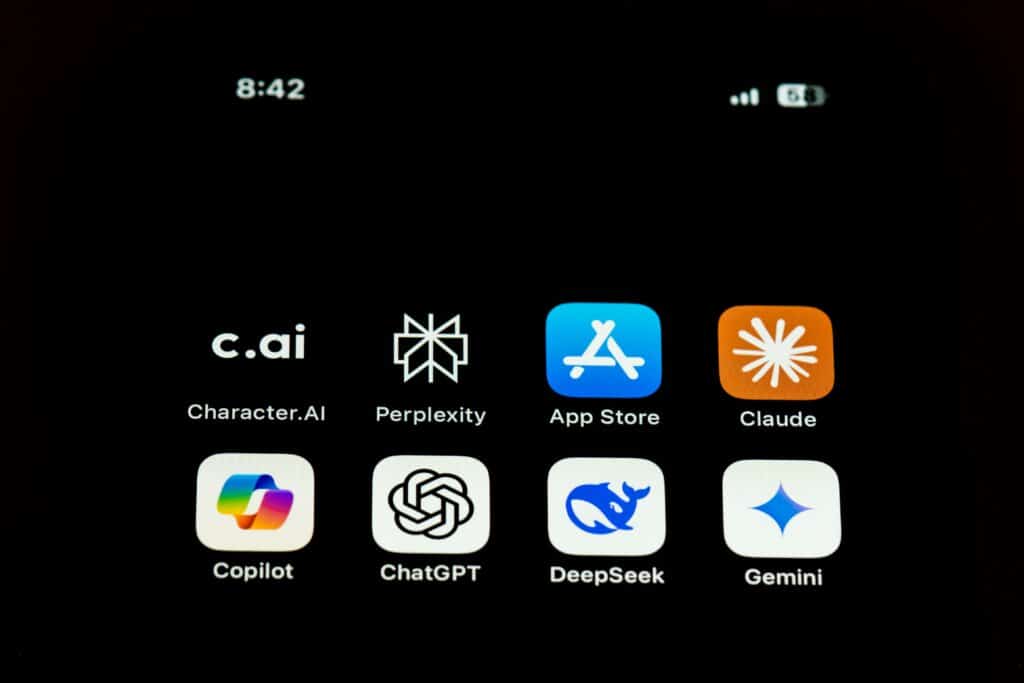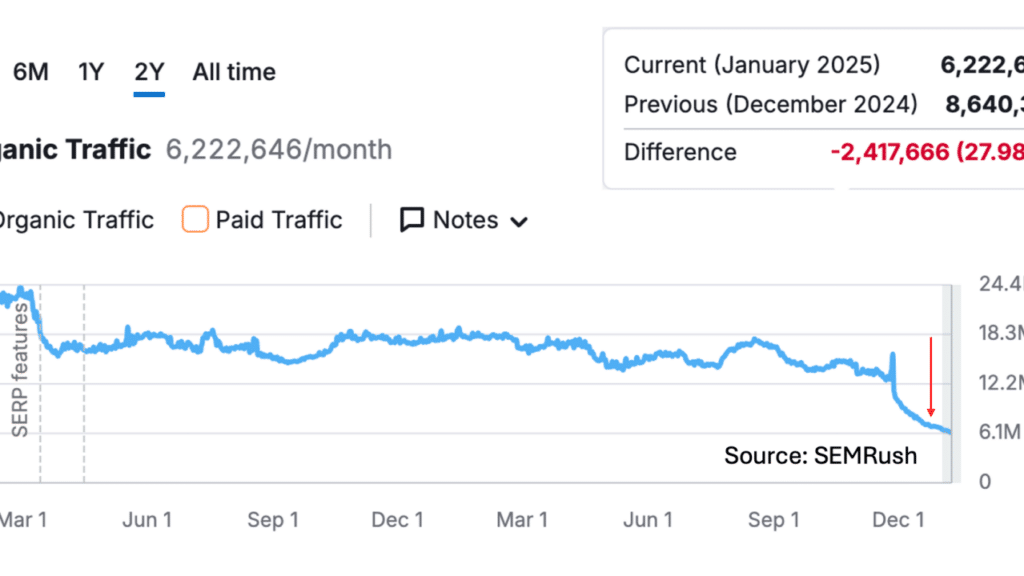A SaaS Marketing Guide to Pay-Per-Click (PPC) for SaaS Marketers
Author
Sign up to our newsletter
Share this Article
The world of Software as a Service (SaaS) marketing is complex and multifaceted, with a plethora of strategies and techniques at a marketer’s disposal. One such strategy is Pay-Per-Click (PPC) advertising, a model of internet marketing in which advertisers pay a fee each time one of their ads is clicked. This guide will delve into the intricacies of PPC for SaaS marketers, providing a comprehensive understanding of this powerful tool.
PPC is a particularly effective strategy for SaaS companies due to the highly competitive nature of the industry. With a multitude of similar products and services available, standing out from the crowd is paramount. PPC allows SaaS companies to target specific audiences, ensuring that their advertisements are seen by those most likely to be interested in their offering.
Understanding Pay-Per-Click (PPC)
At its core, Pay-Per-Click (PPC) is a model of online advertising where the advertiser pays a fee each time their ad is clicked by a user. The aim is to drive traffic to the advertiser’s website, rather than earning visits organically. It’s a way of buying visits to your site, rather than attempting to earn those visits organically.
One of the most popular forms of PPC is search engine advertising. Advertisers can bid for ad placement in a search engine’s sponsored links when someone searches on a keyword that is related to their business offering. For example, if we bid on the keyword “CRM software,” our ad might show up in the very top spot on the Google results page.
The Importance of PPC in SaaS Marketing
PPC advertising is especially important in the SaaS industry due to the highly competitive nature of the market. With a multitude of similar products and services available, standing out from the crowd is paramount. PPC allows SaaS companies to target specific audiences, ensuring that their advertisements are seen by those most likely to be interested in their offering.
Furthermore, PPC allows for a high level of control and flexibility. Advertisers can set a budget, choose where and when their ads will appear, and target specific demographics. This level of control makes PPC a highly effective tool for SaaS marketers.
Types of PPC Advertising
There are several types of PPC advertising, each with its own unique benefits and drawbacks. The most common types include search engine advertising, display advertising, and social media advertising.
Search engine advertising is perhaps the most well-known form of PPC. It involves bidding for ad placement in a search engine’s sponsored links when someone searches on a keyword that is related to their business offering. Display advertising, on the other hand, involves placing ads on websites, apps, or social media platforms. Social media advertising involves placing ads on social media platforms such as Facebook, Instagram, or LinkedIn.
Developing a PPC Strategy for SaaS Marketing
Developing a successful PPC strategy for SaaS marketing involves several key steps. First and foremost, it’s important to clearly define your target audience. This involves understanding who your ideal customers are, what their needs and wants are, and how your product or service can meet those needs.
Once you have a clear understanding of your target audience, the next step is to choose the right keywords. These are the words and phrases that potential customers might use when searching for your product or service. It’s important to choose keywords that are highly relevant to your offering, as this will increase the likelihood of your ads being clicked.
Choosing the Right PPC Platform
Choosing the right platform for your PPC campaign is a crucial step in the process. The right platform will depend on your target audience, your budget, and your overall marketing goals. Google Ads is the most popular PPC advertising platform, but there are many others to choose from, including Bing Ads, Facebook Ads, and LinkedIn Ads.
Each platform has its own unique features and benefits. For example, Google Ads offers a wide reach and a variety of ad formats, while Facebook Ads allows for highly targeted advertising based on user demographics and interests. It’s important to research each platform thoroughly before making a decision.
Setting a Budget and Bidding Strategy
Setting a budget for your PPC campaign is another crucial step. The amount you’re willing to spend will determine how many people see your ads and how often they appear. It’s important to set a budget that is realistic and sustainable, as overspending can quickly deplete your marketing budget.
In addition to setting a budget, you’ll also need to decide on a bidding strategy. This involves deciding how much you’re willing to pay each time someone clicks on your ad. There are several different bidding strategies to choose from, including cost-per-click (CPC), cost-per-thousand impressions (CPM), and cost-per-acquisition (CPA).
Creating Effective PPC Ads for SaaS Marketing
Creating effective PPC ads is a combination of art and science. The most successful ads are those that are highly relevant to the target audience, offer a clear value proposition, and include a strong call to action.
The first step in creating an effective ad is to write a compelling headline. This is the first thing that potential customers will see, so it’s important to make it count. The headline should be clear, concise, and relevant to the keyword you’re targeting.
Writing Ad Copy
Writing effective ad copy is a crucial part of the PPC ad creation process. The ad copy should clearly communicate the value proposition of your product or service, and it should include a strong call to action. The call to action is what prompts the user to click on the ad and visit your website.
It’s also important to include relevant keywords in your ad copy. This will help to increase the relevance of your ad, which can improve its ranking in the search engine results. However, it’s important to use keywords naturally and avoid keyword stuffing, as this can lead to penalties from the search engines.
Designing Ad Creatives
The design of your ad is another important factor to consider. The design should be clean and professional, and it should align with your brand’s visual identity. It’s also important to use high-quality images or graphics, as these can help to attract the user’s attention and encourage them to click on the ad.
Furthermore, the design of your ad should be optimised for the platform you’re advertising on. For example, if you’re running a display ad on a website, you’ll need to ensure that the ad fits seamlessly into the site’s layout and design. If you’re running a social media ad, you’ll need to ensure that the ad is optimised for the specific social media platform.
Measuring and Optimising PPC Campaigns for SaaS Marketing
Once your PPC campaign is up and running, it’s important to regularly measure and optimise your results. This involves tracking key metrics such as click-through rate (CTR), conversion rate, and return on ad spend (ROAS), and making adjustments to your campaign based on these metrics.
Optimising your PPC campaign can involve a variety of strategies, including adjusting your bids, refining your target audience, testing different ad creatives, and experimenting with different keywords. The goal is to continually improve your campaign’s performance and maximise your return on investment.
Using Analytics Tools
Using analytics tools is a crucial part of measuring and optimising your PPC campaign. These tools can provide valuable insights into your campaign’s performance, helping you to understand which ads are performing well, which keywords are driving the most traffic, and which demographics are responding best to your ads.
There are many different analytics tools available, ranging from free tools like Google Analytics to more advanced, paid tools. The right tool for you will depend on your specific needs and budget.
Conducting A/B Testing
Conducting A/B testing is another effective strategy for optimising your PPC campaign. This involves creating two versions of an ad or landing page and testing them against each other to see which one performs better. The version that generates the most clicks or conversions is the ‘winner’, and can be used as the basis for future ads or landing pages.
A/B testing can provide valuable insights into what works and what doesn’t in your PPC campaign, allowing you to make data-driven decisions and continually improve your results.
Conclusion
Pay-Per-Click (PPC) advertising is a powerful tool for SaaS marketers, offering a highly targeted and flexible way to reach potential customers. By understanding the basics of PPC, developing a strategic approach, creating effective ads, and continually measuring and optimising your results, you can harness the power of PPC to drive traffic, generate leads, and grow your SaaS business.
Remember, the key to successful PPC advertising is continual learning and adaptation. The digital marketing landscape is constantly evolving, and what works today may not work tomorrow. Stay informed, stay flexible, and don’t be afraid to experiment. Good luck!
Having trouble with the funnel?
One of our growth experts will provide you with a free audit of your existing sales and marketing presence and performance.
You May Also Like
Prompt SEO: How B2B SaaS Marketers Can Win the AI Search Race
Prompt SEO is emerging as a key strategy for B2B…
LLM Optimisation for B2B SaaS Marketers: How to Rank in AI-Generated Responses
As generative AI transforms how people search for information, Large…
Countering Declining Organic Search Traffic: A Playbook for SaaS CMOs
Organic search has long been a cornerstone of SaaS growth,…



